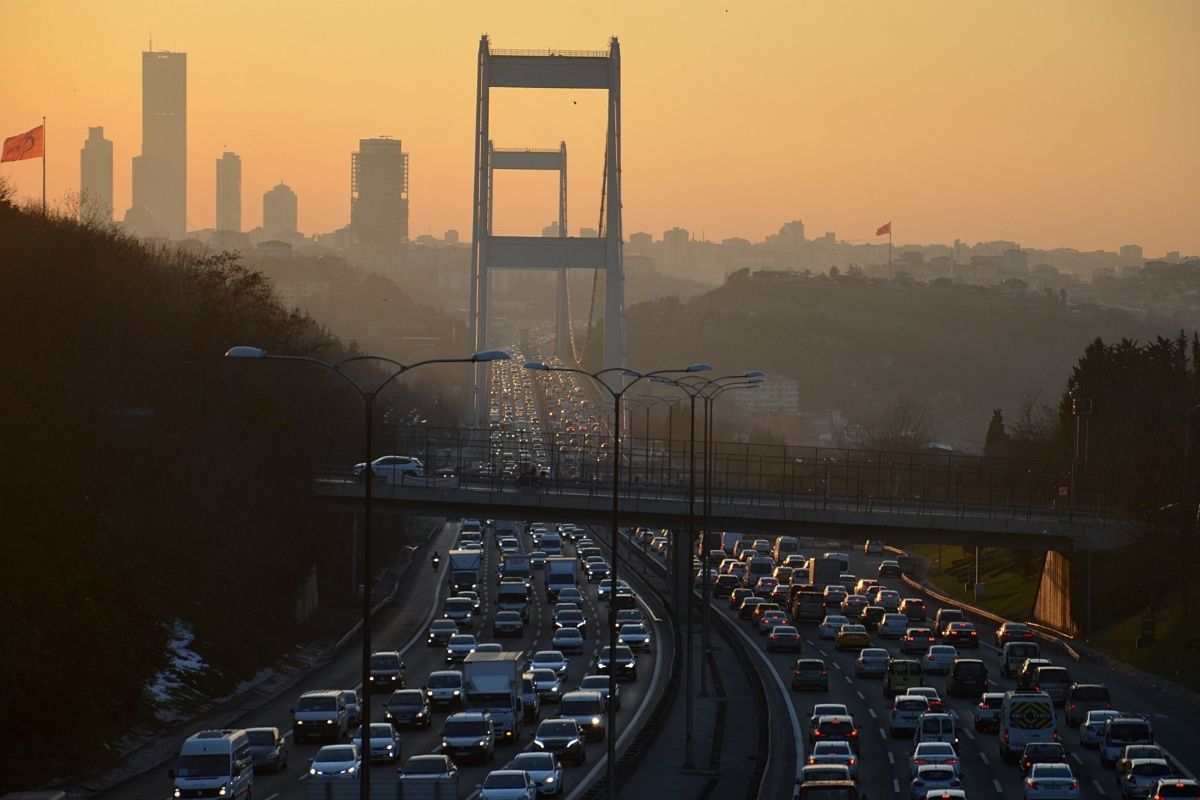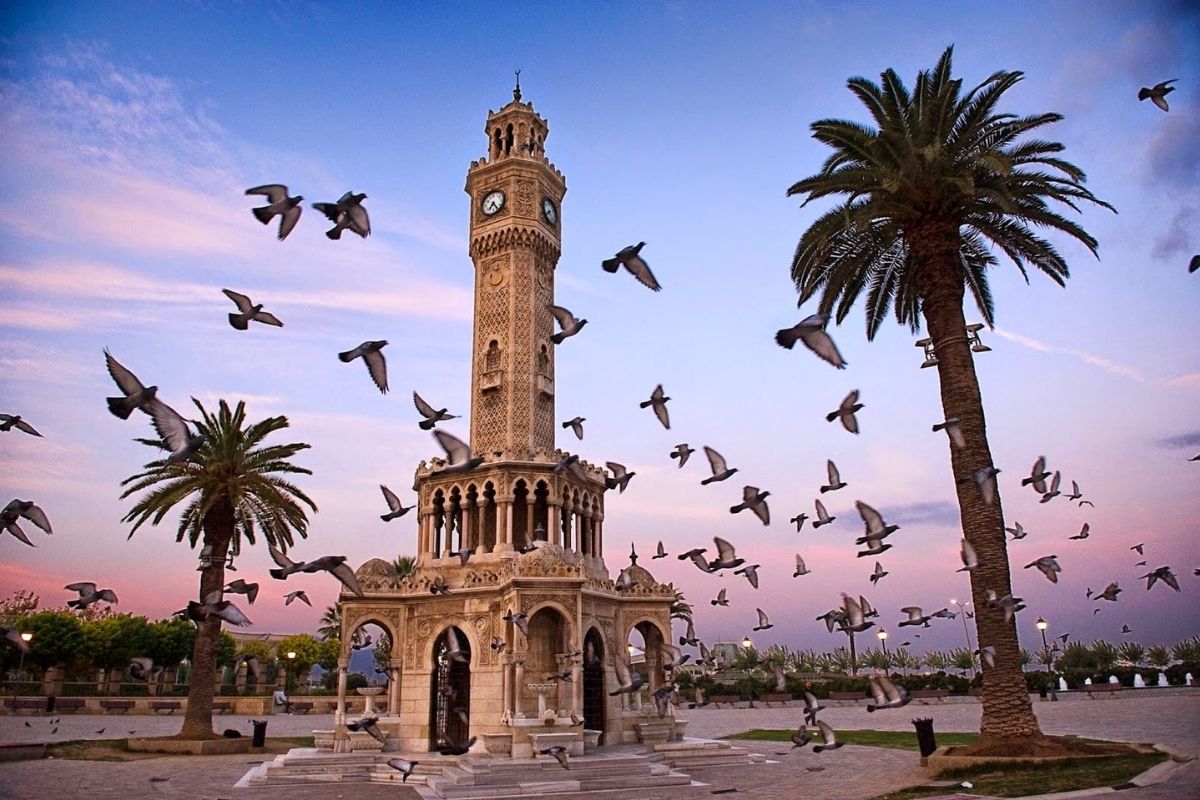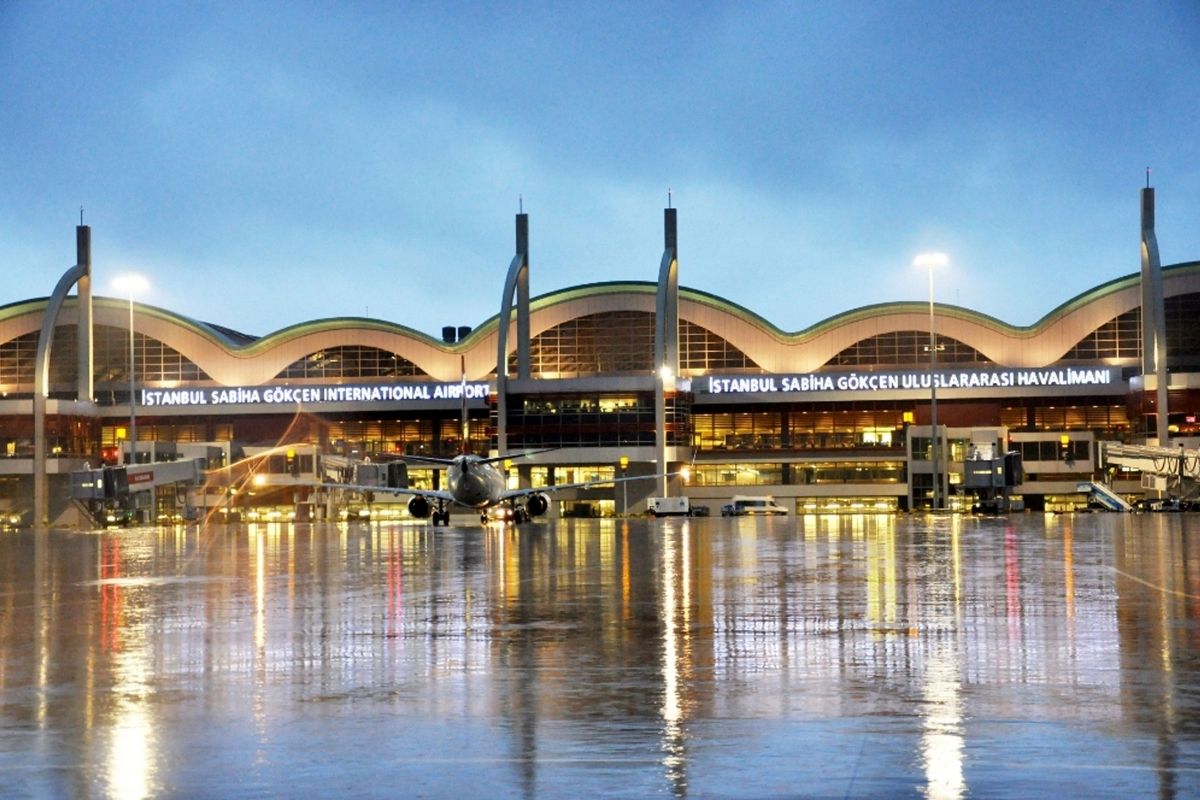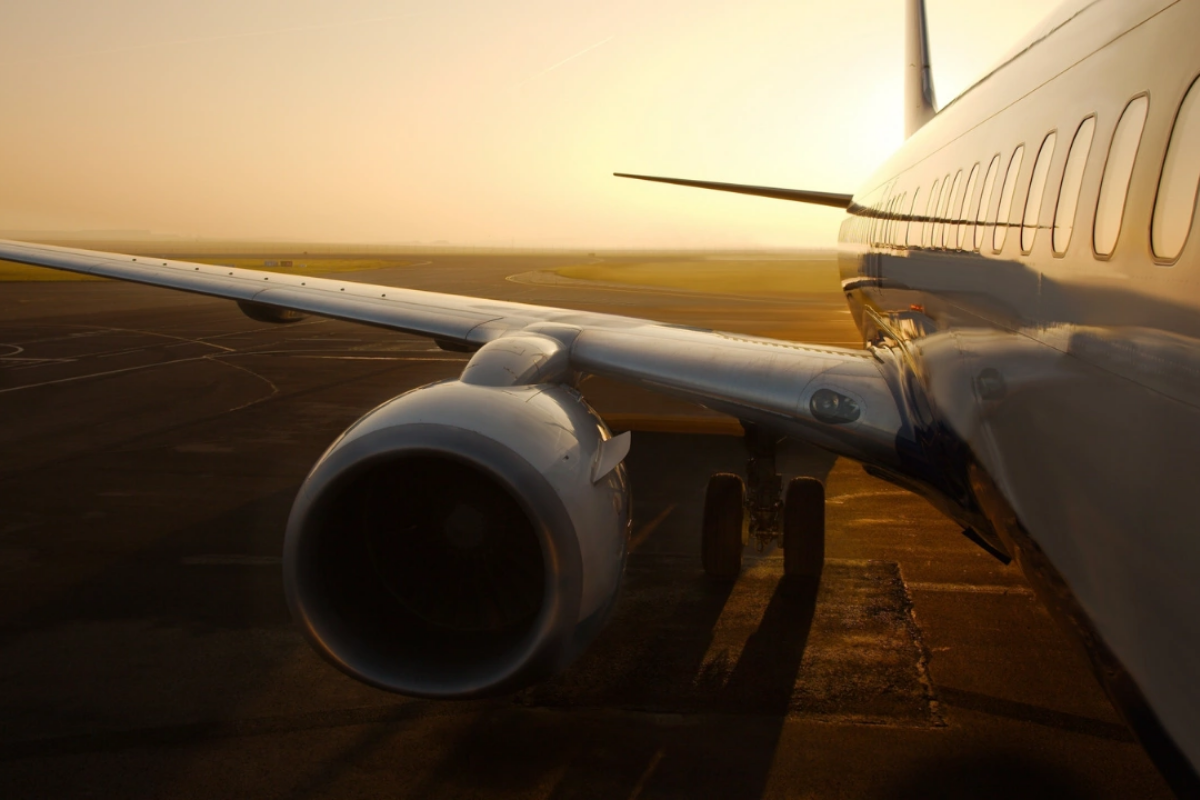Emergency Situations Encountered While Driving and What to Do
1. Traffic Accidents
A traffic accident is one of the most serious emergency situations you may encounter while driving. Here's what to do in the event of an accident:
- Stay calm: If you're involved in an accident, the first step is to remain calm and not panic. Evaluate the situation calmly.
- Ensure safety: If the vehicle is still moving, pull over to the nearest safe area. This will make you visible to other drivers and help prevent further accidents.
- Call for help: Immediately call emergency services and report the situation. If there are injuries, request medical assistance.
- Help the injured: If there are injured people, you can perform basic first aid if you have the knowledge. However, if there are serious injuries, do not move the injured and wait for professional help.
2. Tire Blowout
A tire blowout is a common issue for drivers. Here's what to do if your tire blows out:
- Do not lose control: A tire blowout may cause sudden steering changes. Slow down without panicking and try to maintain control of the vehicle.
- Exit the vehicle safely: After safely pulling over, exit the vehicle to change the tire. If there is heavy traffic, it’s best to move the vehicle to a safe spot away from the road.
- Use the spare tire: You can change the tire using the spare tire and jack that come with the vehicle. If you lack experience in changing a tire, it’s safer to seek professional help.
3. Engine Failure
An engine failure can cause your vehicle to stop on the road. In the event of an engine failure:
- Exit the vehicle safely: When the engine stops, immediately pull over and turn on your hazard lights.
- Call for emergency assistance: The issue causing the engine failure may require professional intervention. Call a tow truck or roadside assistance service.
- Check the engine: If you can identify a minor issue, you may be able to resolve it. However, for major issues, it's best to seek technical support.
4. Running Out of Fuel
Running out of fuel is another common emergency situation for drivers. Here’s what to do:
- Stay calm: If you run out of fuel, stay calm. Pull over to a safe area and make sure you're not in a dangerous location.
- Request fuel assistance: You can request fuel from nearby gas stations or roadside assistance services. Many roadside assistance services can bring fuel to your location.
- Plan your trip: Before starting a journey, check your fuel level and, if possible, plan your route to pass near gas stations to avoid such emergencies.
5. Weather Conditions and Visibility Issues
Intense fog, snow, rain, or storms can reduce visibility and create dangerous situations. Here's what to do in bad weather:
- Slow down: As weather conditions worsen, reduce your speed to make it easier to control the vehicle. Adjust your speed according to road conditions.
- Turn on your lights: Especially in fog or rain, turning on your headlights makes it easier for other drivers to see you.
- Be cautious: In slippery conditions, avoid sudden braking and steering movements. Proceed slowly and carefully.
6. Brake Failure
Brake failure is another emergency that requires calm action from the driver. If your brakes are not working:
- Slow down: If the brakes fail, use engine braking to slow the vehicle down.
- Turn on your hazard lights: If the situation is critical, turn on your hazard lights to make other drivers aware of your situation.
- Find a safe area: Try to pull over to a safe area as soon as possible. If the brakes are completely unresponsive, do not continue driving and seek professional help.










